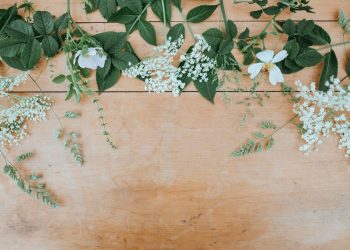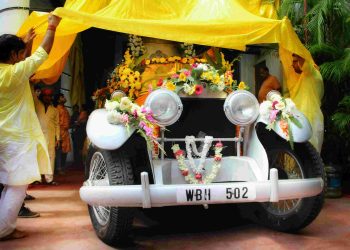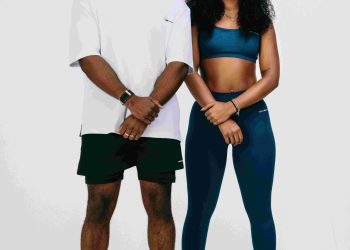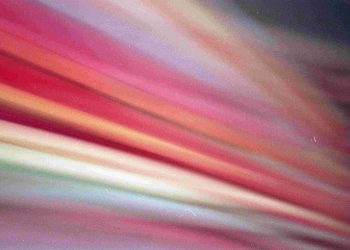Basic Components of a Wardrobe
Imagine this:
You stand in front of a chaotic closet every morning, overwhelmed by choices, and yet feel like you have nothing to wear. It’s not about the number of garments—it’s about the quality of your wardrobe’s foundation. A wardrobe is not merely a collection of clothes; it’s a personal toolkit for identity, functionality, and self-expression. What if we told you that your wardrobe could be an art form and a practical refuge simultaneously?
Personal Experience Meets Broader Insights
Years ago, I found myself surrounded by piles of clothes that didn’t resonate with my lifestyle or ambitions. The patterns were vibrant but lacked cohesion, the fabrics were appealing yet impractical. What started as a personal transformation rapidly opened my eyes to a larger societal pattern: we are drowning in the excess of fast fashion while neglecting the deeper meaning behind what we wear. This isn’t just about aesthetics; it connects to psychology, sustainability, and even professional success.
Challenging Traditional Wisdom
The age-old advice to “buy more” when lacking options is flawed. Instead, it’s time to flip the narrative: Less is more. What if you radically reduced your wardrobe to essential components that align with your values, aspirations, and daily demands? Emptying your closet might feel counterintuitive, but it’s akin to detoxing your diet—necessary for clarity and sustainability.
Cross-Disciplinary Thinking: Bringing Psychology and Philosophy into Wardrobes
Psychologically, the fewer decisions we have to make, the less cognitive fatigue we experience—this idea matches concepts within behavioral economics and neuroscience. Philosopher Søren Kierkegaard’s notion of “unifying oneself”—streamlining distractions to achieve clarity—offers an artistic lens through which to view our sartorial choices. Your wardrobe becomes not just fabric but a narrative of who you are and what you aspire to achieve.
Practical Applications: Building the Core Components
Here’s how you can apply these philosophies effectively:
-
Neutral Basics:
Choose versatile items like solid-colored tees, button-downs, and tailored trousers that can mix and match seamlessly. -
Signature Pieces:
Add flair with a jacket, accessory, or pair of shoes that reflect your personality while remaining functional. -
Purpose-Oriented Additions:
Ensure that your wardrobe suits your actual lifestyle, whether you work in corporate settings, freelance, or lead an active life.

Future Trends in Wardrobe Development
As technology advances, the concept of wearable tech will become intertwined with fashion essentials. Imagine clothing that adjusts temperature based on the weather or fabrics that resist wear and tear for decades. The rise of AI-generated fashion suggestions also hints at a future where your wardrobe evolves algorithmically, saving time and maximizing your aesthetic.
Action Steps: Transform Your Wardrobe Today
If you’re ready to embrace the art and science of wardrobe essentials, here’s a roadmap:
-
Audit Your Closet:
Remove items that no longer serve your lifestyle or aesthetic goals. -
Prioritize Quality:
Invest in fewer, better pieces that adapt across different contexts. -
Seek Continuous Inspiration:
Follow styling thought leaders and remain open to refining your perspective. -
Experiment:
Introduce minimal experiments, wearing only five staples for a week to discover gaps or opportunities in your selections.
Emphasizing Lifelong Learning and Adaptation
Your wardrobe is a lifelong project. As your career evolves or your philosophies change, so should your clothing choices. Continual attention to learning—not just about fashion but broader topics like sustainability, textile science, and self-improvement—can keep you grounded in authenticity.
Ultimately, clothing transcends material—it’s storytelling interwoven with science, psychology, and purpose. By treating your wardrobe as a living ecosystem rather than a stagnant repository, you invest not just in fabric but in the threads of your identity.












